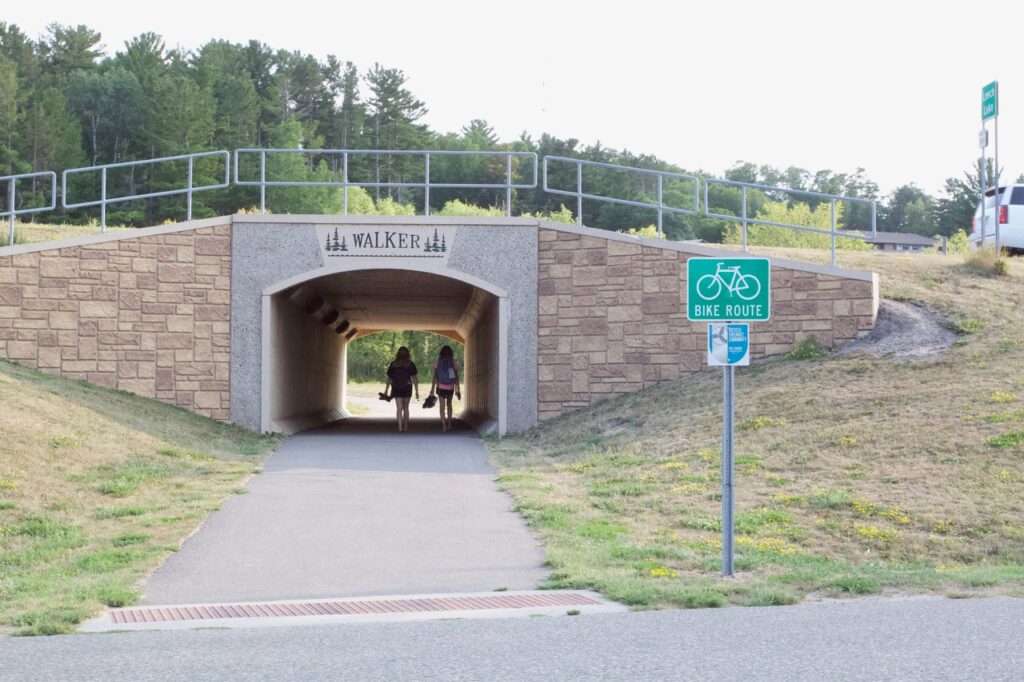Montana State University’s Western Transportation Institute has released a new research project, building on previous research into the characteristics that enable the development of bicycle and pedestrian infrastructure in smaller communities. This topic is underexplored in research, and as these communities often lack the funding mechanisms and support staff of larger cities, implementation is challenging.
The research project, Case Studies of Communities of Less Than 10,000 People with Bicycle and Pedestrian Infrastructure, sought to identify what bicycle and pedestrian infrastructure exists in small, rural communities across the United States. Case studies were created for fifteen communities across five states (Arcadia, LaBelle, and Taylor Creek, Florida; Calvert City, Corbin, and Morehead, Kentucky; Pelican Rapids, Pipestone, and Walker, Minnesota; Ruidoso, Silver City, and Truth or Consequences, New Mexico; and Fair Haven, Hartford, and Morristown, Vermont).
Planning (on-going and past) and funding that was utilized to implement the bicycle and pedestrian infrastructure is discussed. Practitioners may consider engaging in similar planning efforts or pursuing similar funding sources to implement bicycle and pedestrian infrastructure. The back page of every case study visually shows photographs captured, only over the course of about a day, of people walking and biking in each community, highlighting the value and the need of creating walkable and bikeable communities, even in the most rural parts of the United States.

In addition, a final report synthesizing lessons learned and strategies employed by these small communities are summarized. Each of these resources use photos to visually convey what the bicycle and pedestrian infrastructure in each community looks like. These resources can be valuable tools to practitioners to provide support as they look to implement bicycle and pedestrian infrastructure in their communities or regions. They represent a broad cross-section of experiences, and demographic and socioeconomic information within each case study can help the user to understand how a focus community may compare.
The research of these case studies built upon prior work in the area. These works include Mobility Mindset of Millennials in Small Urban and Rural Areas, which examines whether Millennials (identifies as being born 1983-2000) in smaller communities share mindsets toward mobility and livability with those living in large cities, and Bicycle & Pedestrian Infrastructure Improvements Realized in Communities of Less Than 10,000 People, which identified and compared infrastructure in small communities that have considerable success to those who have had less success.


